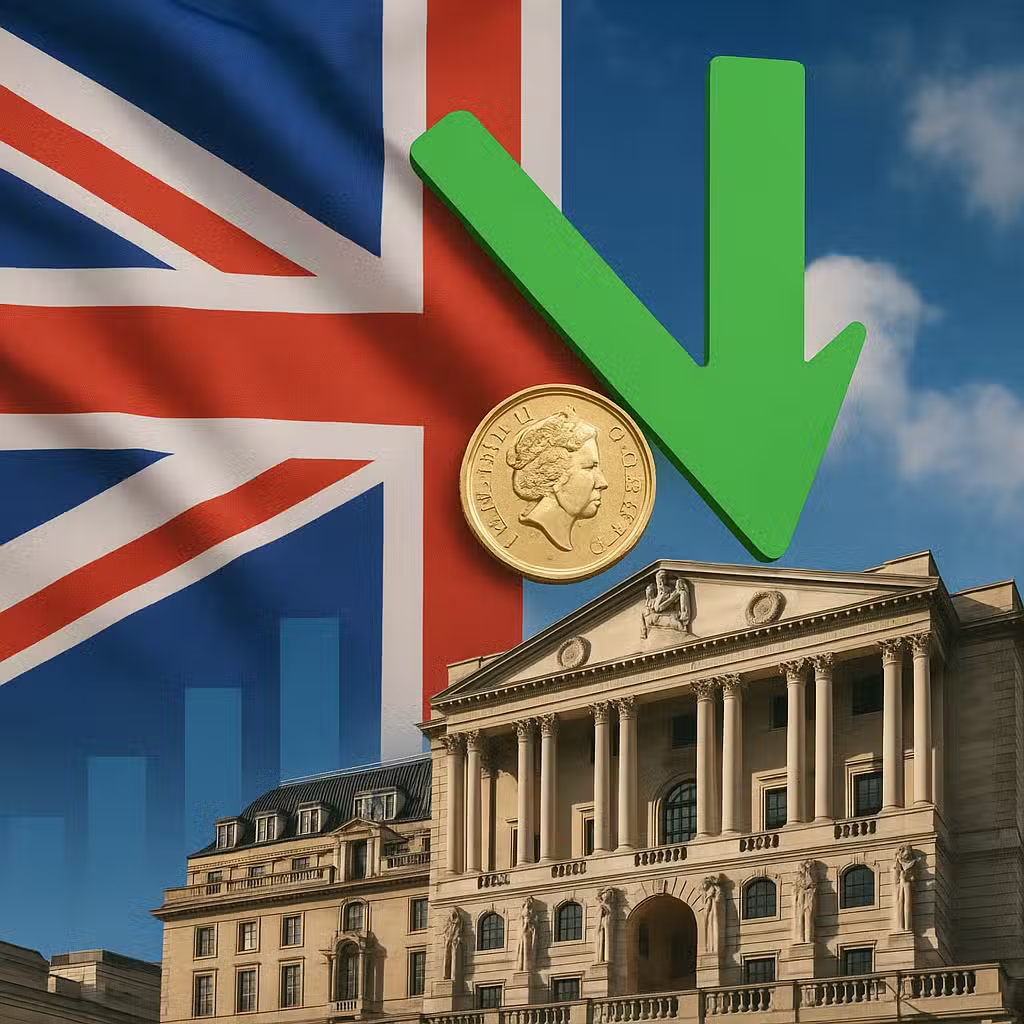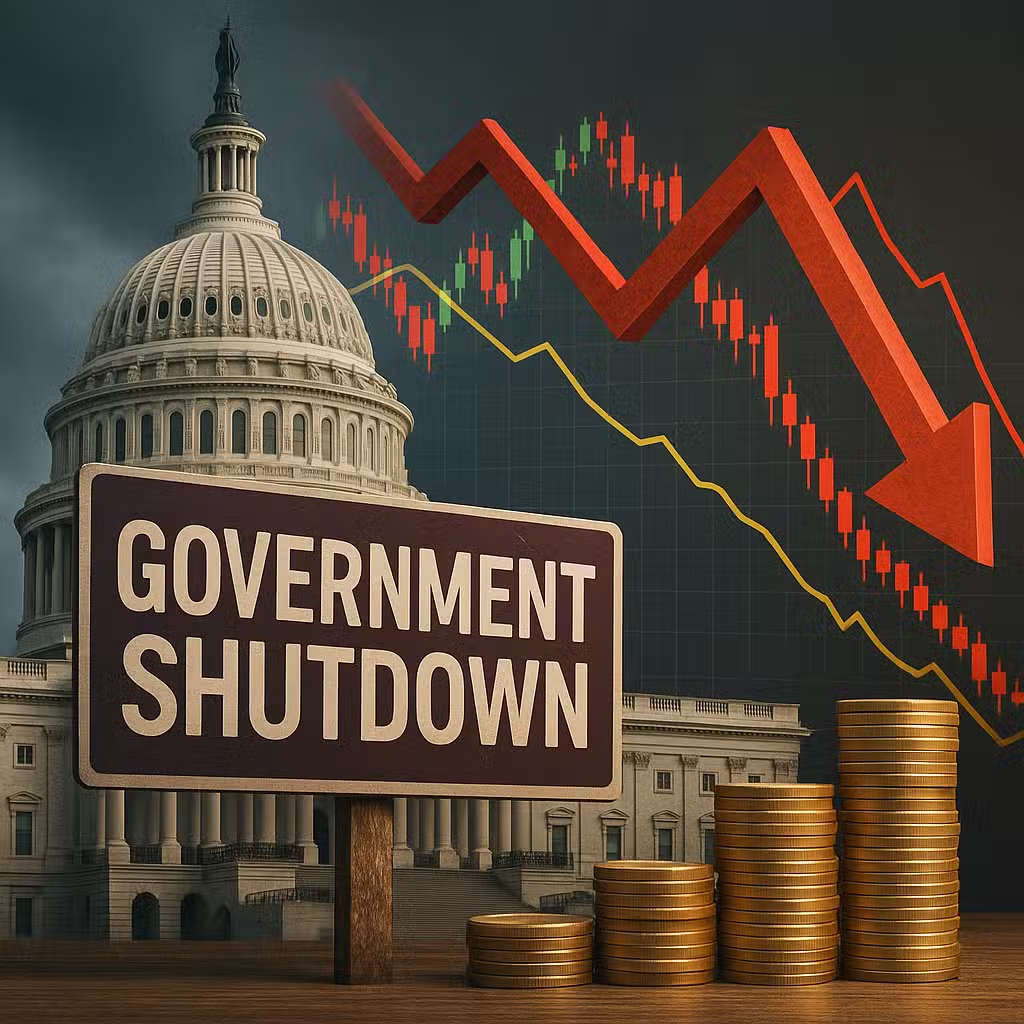UK Job Market Softens, Boosting Odds of Bank of England Rate Cuts—Key for Investors
Imagine if you were waiting for a sale at your favorite store, but the sale keeps getting pushed back. That’s what’s happening now with interest rates in the UK—investors are waiting for the Bank of England (BoE) to cut rates, but experts say it might not happen this year.
Why Investors Care About Rate Cuts
Interest rates are like the price tags on money. When rates are high, borrowing money costs more, which can slow down spending and investing. If rates go down, it’s cheaper to borrow, and that usually helps the economy grow. Investors watch these changes closely because they affect everything from stock prices to currency values.
Experts Are Less Sure About Rate Cuts This Year
Recently, some economists at ING said they don’t think the BoE will cut rates again in 2024. They believe inflation will be lower and taxes higher in the future, which could lead to rate cuts in 2026 instead.
- Bullish view: Some think the BoE might still cut rates in December or early next year if inflation drops quickly.
- Bearish view: Others believe the BoE will wait until at least February, or even later, because inflation isn’t falling fast enough.
According to ING, “We’ve taken out a November cut, but December is possible. However, we narrowly favor February for the next move.”
How This Impacts the Pound and Investors
The value of the British pound (GBP) compared to the US dollar (USD) moves with these rate expectations. If the US cuts its rates before the UK, the pound could get stronger because UK rates would be higher for longer. That could mean more people want to buy pounds instead of dollars, making GBP/USD go up.
- If US rates drop to 3.75% and UK rates stay at 4%, the pound could get a boost.
- But if UK unemployment rises or if the BoE delays cuts, the pound might fall.
After new UK labor market data came out, showing higher unemployment and rising wages, the pound dipped. Traders thought this might make the BoE more likely to cut rates sooner, but not everyone agrees.
Looking at the Bigger Picture
This isn’t just about the UK. Central banks all over the world are trying to balance inflation, jobs, and growth. For example, the US Federal Reserve has also paused rate hikes and is waiting for more data before making any moves. According to a Bank for International Settlements report, central banks’ decisions often ripple across global markets, affecting currencies and investments everywhere.
Historically, when central banks cut rates, stocks and bonds can both do well—but timing is everything. In 2008, for example, the Fed cut rates quickly, but the economy still took time to recover.
Pros and Cons for Investors
- Pros:
- Lower rates can make stocks and real estate more attractive.
- UK exporters could benefit if the pound stays weaker.
- Bonds may gain value as rates drop.
- Cons:
- Delays in rate cuts could keep borrowing costs high.
- Rising unemployment may hurt consumer spending and some company profits.
- Currency swings can create risks for international investors.
Investor Takeaway
- Keep an eye on central bank meetings for clues about rate changes.
- Diversify your portfolio to handle both rising and falling currencies.
- Consider sectors that do well when rates are steady, like health care or utilities.
- Watch for signs of a weakening job market, as this could affect stocks and real estate.
- Stay patient—sometimes the best move is to wait for clearer signals before making big changes.
For the full original report, see FX Empire







